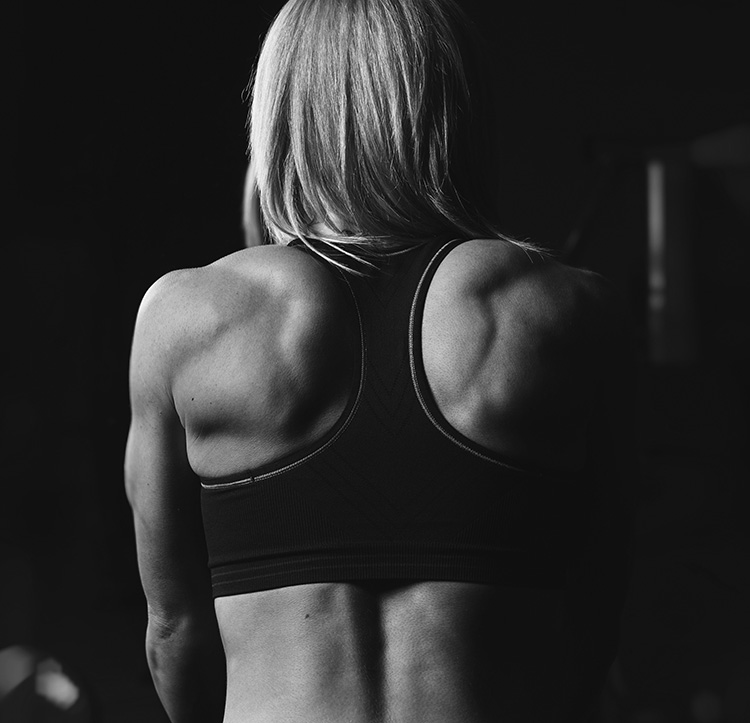In the vast majority of cases, surgery is a success. There is a very small risk of failure of the flap due to damage to the blood vessel or the blood vessel being constricted by structures in the axilla. We monitor you most closely during the first few hours following the operation so that any problems can be picked up and dealt with immediately.
In addition to the risk of flap loss other early complications include bleeding or haematoma that may require return to theatre, infection, delayed wound healing, seroma (a collection of tissue fluid) and post-operative pain. Potential complications also include those related to having a general anaesthetic such as cardiac or respiratory compromise, blood clots in the leg (DVT) or the lung (PE).
If an implant is required for volume the additional risks associated with an implant include infection, rotation, capsular contracture and ALCL. In the case of infection or extrusion (due to wound breakdown) it is necessary to remove the implant and allow the infection to be cleared and the tissues to settle for 3-6 months before having a new implant. Medium term complications include formation of a seroma, which is a collection of tissue fluid next to the implant. This normally self-resolves but on rare occasions may require drainage by a radiologist. In ladies who have had anatomical (tear drop shaped) implants, there is the potential for implant rotation. Rarely this may require re-operation to re-orientate the implant.
The bodies’ natural processes will wall off any foreign material in the body, including implants. A capsule (or internal scar) of tissue forms around the implant. This process usually has occurred by around 6 weeks post-op. The capsule can gradually thicken and get tighter with time and when this happens it is called capsular contracture. It can cause a change in the shape / position and size of the breast and in the later stages it may cause pain. This process is very patient dependent and occurs much more rapidly in some ladies and never in others. The most common reason for requiring further surgery to the breast after augmentation is to treat capsular contracture.
Recently there has been much interest in a type of lymphoma that is associated with breast implants. Breast Implant-Associated Anaplastic Large-Cell Lymphoma (BI-A ALCL) is a type of lymphoma that develops in the capsule of breast implants in some ladies. There is currently much research going on to assess the true incidence and cause of this lymphoma. The reported rates vary from 1 in 1000 in certain types of implants to 1 in 10 000. The actual incidence is as yet truly unknown. The condition most commonly presents with unilateral swelling of a breast associated with a fluid collection around it. It usually presents at least a year after augmentation but more commonly later than this. Diagnosis involves sending the fluid for special tests. The treatment is to remove the implant and the surrounding capsule. In very rare cases some ladies have required chemotherapy.
You will feel swollen and bruised for the first few weeks in both the breast and the back, this settles down over a period of a few weeks. You will experience numbness at both sites which will recover slowly over many months but is unlikely to fully recover. The scars will be red/pink initially but should fade over time. In rare cases patients develop abnormal thickened scars, which may require additional treatment
Occasionally some areas of the flap do not quite have enough blood supply and small areas of fat become necrotic forming a firm hard lump in the reconstructed breast. This usually settles with time but can take 1-2 years. In very rare cases fat necrosis requires excision.
In the long-term there may be a degree of asymmetry requiring “touch-up” surgery or contralateral symmetrising surgery (see following section). In a few cases there may be a mild contour defect in the back, which is usually amenable to correction at the same time as additional procedures.
